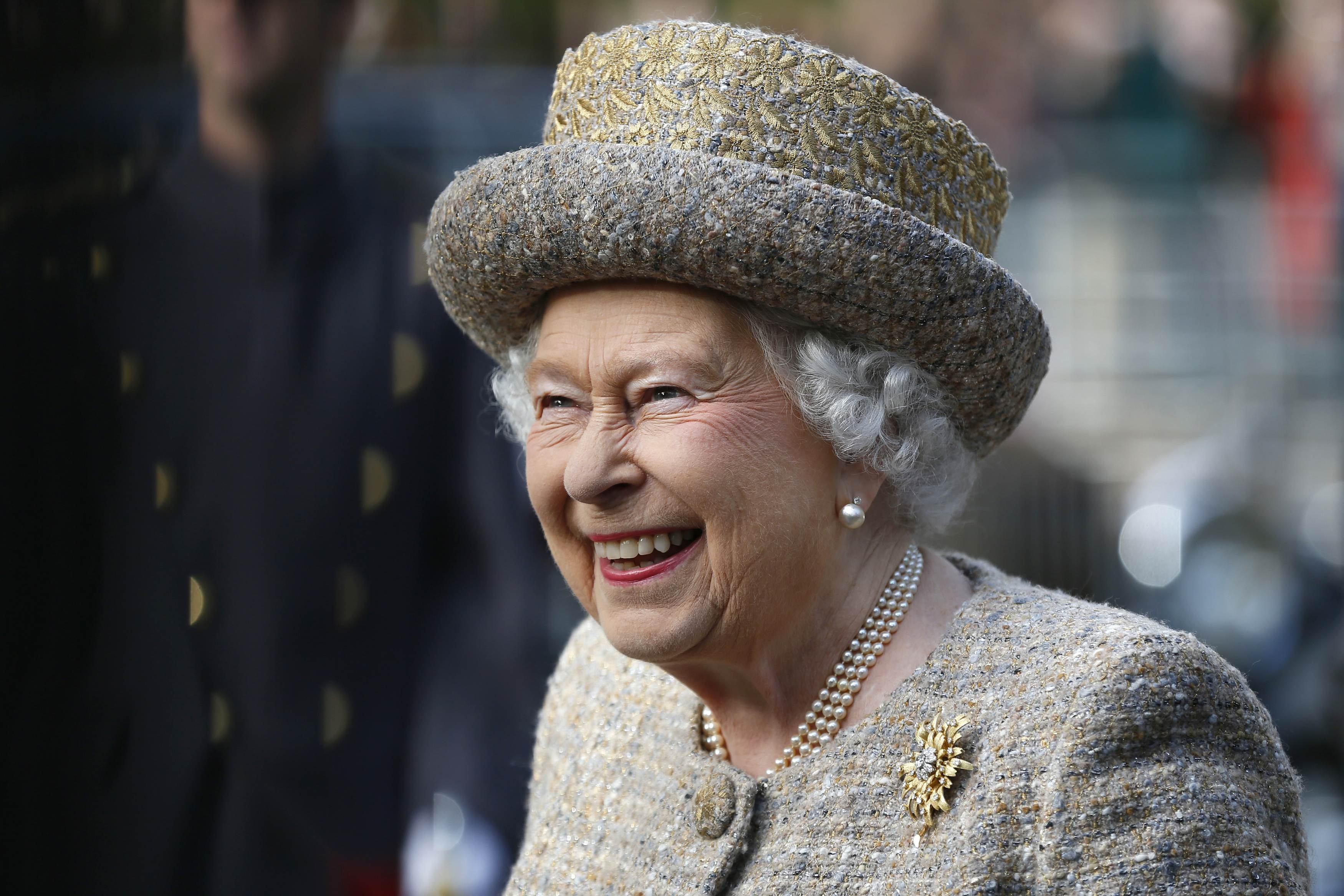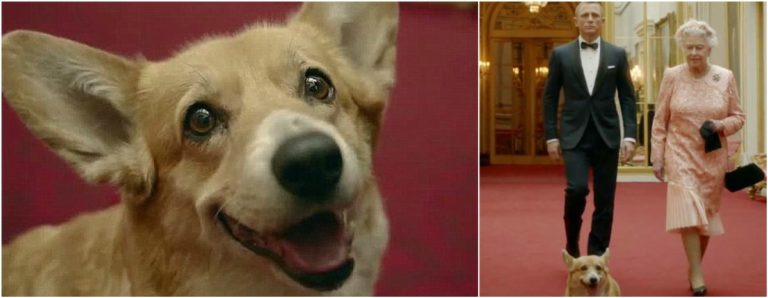

The Moderator of the General Assembly captured the moment: ’Today you and I are Scotland, greeting with all that we have to offer of love and duty our gracious young Queen.’Īdmission card to the National Service at St Giles, 24 June 1953Ĭrown copyright, National Records of Scotland, HH91/715 Symbols of monarchy There the Honours of Scotland, the Crown, Sceptre and Sword, were ceremonially presented to the sovereign, witnessed by 1,700 worshippers from all walks of Scottish life, and seen live on television. Cheering crowds witnessed a magnificent procession accompanying the royal carriage bearing the Queen and Duke of Edinburgh to St Giles. Shortly after her Coronation at Westminster Abbey, the Queen spent a week in Scotland and attended a National Service of thanksgiving and dedication at St Giles’ Cathedral, Edinburgh, on 24 June 1953. Oath signed by the Queen to uphold the Church of Scotland, 1952Ĭrown copyright, National Records of Scotland, SP10/14 ‘Our gracious young Queen’

Although the Queen was Head of the Church of England, when in Scotland she worshipped in the Church of Scotland, and when staying at Balmoral attended Crathie Kirk. This signature was one of the very first of the countless times the Queen signed her name ‘Elizabeth R’ during her seventy year reign.

On 8 February 1952, two days after the death of her father King George VI, the new Queen signed an Oath by which she promised to uphold the ‘Government, Worship, Discipline, Right and Privilege of the Church of Scotland.’ This was in accordance with the provisions of An Act for securing the Protestant Religion and Presbyterian Church Government, an important measure passed at the same time as the Act of Union formed the United Kingdom in 1707, and which is still in force. Training Centre of the Auxiliary Territorial Service, 1945Ĭrown copyright, National Records of Scotland, NSC1/394/47 Her Majesty's Accession 1952 Photograph of Princess Elizabeth at the No. As a junior officer she underwent mechanical training and qualified as a driver. In early 1945 at the age of 18 she was given this opportunity when she joined the Auxiliary Territorial Service (ATS). She began to undertake public duties in connection with the war, but she also wished to contribute more actively to the war effort. Use in Scotland, drawn by AGL Samson, Lyon CourtĬourt of the Lord Lyon Princess Elizabethĭuring the Second World War Princess Elizabeth and her sister were often photographed with their parents in order to project an image of stability and fortitude on the Home Front. Royal Coat of Arms of the United Kingdom for Royal Arms of Queen Elizabeth, Consort of King George VI, 1937 Of the Royal Family of Scotland’ by John Brown, 1792Ĭrown copyright, National Records of Scotland, RH16/135

Through her mother’s family, the Bowes-Lyons, Earls of Strathmore, she could trace her ancestry back through generations of Scottish nobility to Sir John Lyon, Thane of Glamis, who married Robert II’s daughter in the fourteenth century.ĭetail from ‘An Historical and Genealogical Tree Through her father King George VI she was directly descended from James VI of Scotland. Her parents shared a common ancestor in Robert II, King of Scots. Her relationship with Scotland and the Scots began in childhood, and deepened during her many private as well as official visits throughout the seven decades of her reign. She was descended from the Royal House of Stewart on both sides of her family. Her Majesty the Queen was bound to Scotland by ties of ancestry, affection and duty.


 0 kommentar(er)
0 kommentar(er)
